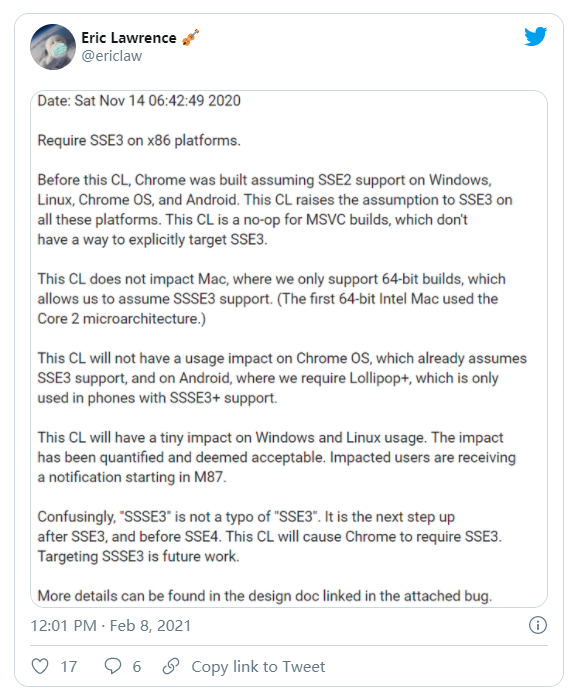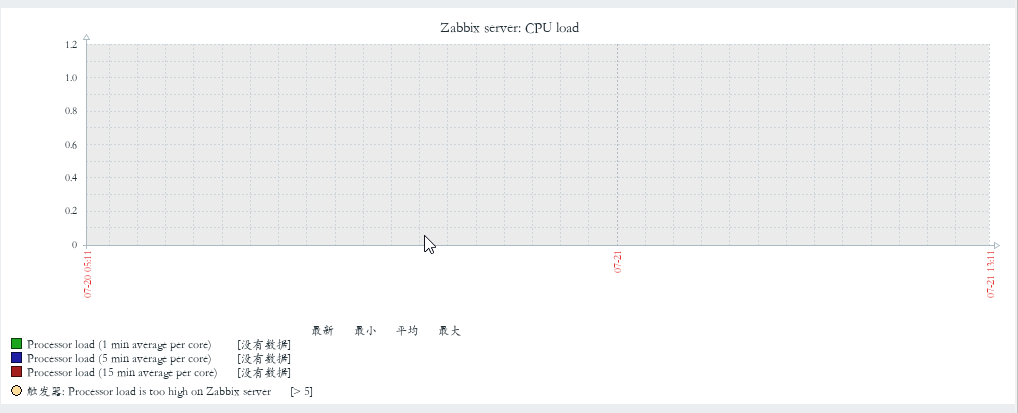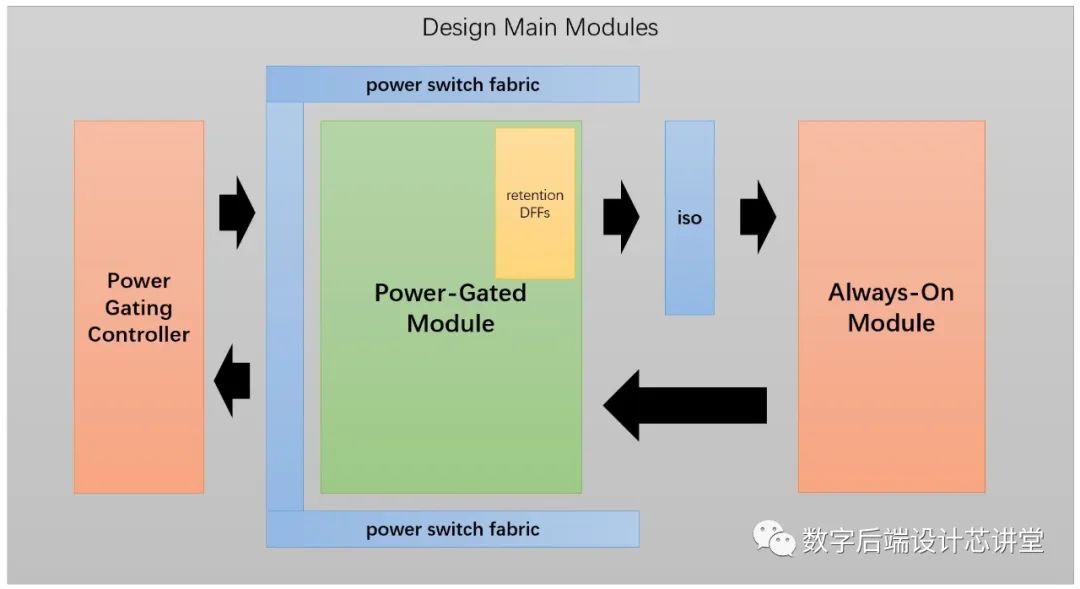I am using an API that violates the Liskov substitution principle : it throws its own Exception type that extends Exception, but puts the exception message from the base class in a new ErrorCode field and puts its own (useless) message in the Message field. Therefore to display the correct message I need to cast the Exception to the DerivedException type and use the ErrorCode field. If I treat it as an Exception object I get the wrong message.
Now this irks me on a stylistic level, but it is easy enough to get around : I can just catch DerivedException and use it as the programer intended. So my question is this : what's the big deal about the Liskov principle? What are the practical problems that people might encounter using hierarchies that violate the principle?





